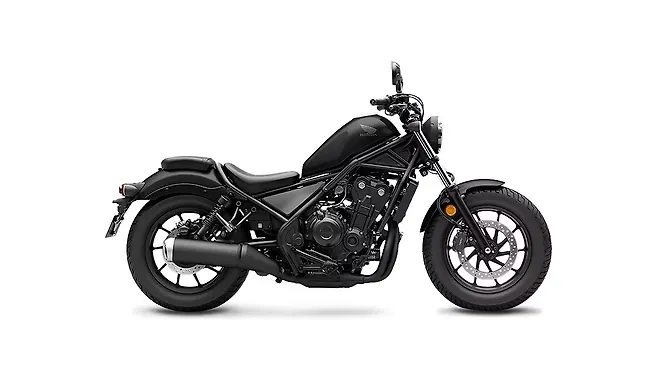Recently, social media exploded with outrage after a video showing an Aprilia RS 457 engine failure went viral. The motorcycle, seen smoking and stranded, instantly triggered a flood of criticism toward Aprilia’s engineering and product quality.
But what most people missed is an important question: Was the failure purely an OEM defect, or were there other factors involved?
Many voices rushed to blame the brand without understanding the full technical background. It’s now become a trend to instantly side with the consumer, fueled by on-screen drama rather than factual analysis.
Digging Deeper: The Role of Aftermarket Modifications
Upon closer investigation, it was revealed that the owner had installed a Plug and Play Optimizer. This aftermarket device tweaks the fuel injection and ignition timing to enhance throttle response, making the bike feel quicker.
However, here’s the catch:
Original Equipment Manufacturers (OEMs) like Aprilia do not randomly restrict engine power. Every motorcycle they produce goes through thousands of hours of endurance testing, dyno validation, and calibration fine-tuning to achieve a carefully engineered balance between performance, reliability, emissions, and durability.
Even a minor change in ignition or fuel maps must pass layers of internal validation protocols. These machines are subjected to real-world stress simulations, emissions tests, and efficiency trials — often certified by bodies like ARAI — before reaching customers.
Aftermarket plug-and-play optimizers, on the other hand, don’t face such rigorous validation. If such devices truly improved performance without consequences, their makers would proudly publish long-term reliability test results and emissions certifications. They don’t — because often, the modifications stress the engine components beyond their tested and safe design limits.
Without exhaust upgrades, chamber modifications, or stronger engine internals, tweaking injection and ignition simply invites mechanical failure over time.
And let’s be clear:
OEMs aren’t “holding back” horsepower to cheat riders. They engineer motorcycles to deliver maximum real-world performance without sacrificing reliability and longevity.
A Different Story If No Modifications Are Found
However, if it turns out that the RS 457 failure occurred without any electronic optimizers or aftermarket tuning involved, then it becomes an entirely different conversation.
In that case, the spotlight rightfully falls on the OEM’s build quality, durability standards, and validation processes. Any spontaneous failure under stock conditions absolutely justifies questioning the brand’s credibility, engineering rigour, and product integrity.
But assumptions without technical evidence do more harm than good, misleading both the riding community and potential buyers.
Final Thoughts
Aftermarket performance modifications, while tempting, come with real risks. Riders must be fully aware that once factory settings are altered, reliability assurances no longer apply — and blame cannot be one-sided.
When a machine fails in stock condition, the manufacturer deserves to be held accountable. But when modifications come into play, the waters are far murkier.
Disclaimer:
The views shared here are my own, based on professional experience with multiple OEMs where I served as a testing engineer specializing in NVH (Noise, Vibration, and Harshness) validation and performance evaluation. I do not favor any brand, nor am I against the use of aftermarket optimizers — my aim is to provide a technically grounded, unbiased perspective



